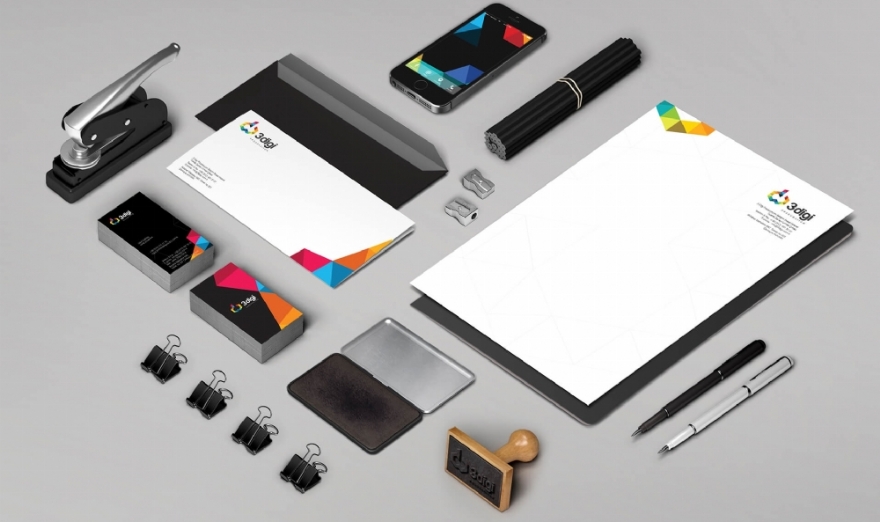
Your brand identity is the personality of your company. It is what allows it to stand out in the minds of consumers and differentiates it from the competition. A corporate identity guide is responsible for setting the rules for all graphic applications of your brand, from fonts and colors to logos, applications, and images. It serves as a reference tool that explains how a company presents itself to the world through design. There are two main advantages to creating a visual guide: it ensures consistency and saves time. Consistency is key to creating a seamless brand image. Every business needs to create communication pieces like newsletters, social media images, or online ads. An identity guide allows all information to be gathered, enabling everyone to access the desired information without wasting time.
Looking at the content of a corporate identity guide, we can see:
Definition and Philosophy
Before creating a style guide, you must be aware of your brand. The first section should explain core concepts such as mission, vision, personality, and core values.
Logo
The logo is the best advertisement for a brand. This section of the guide ensures the correct use of your logo in any medium. It should detail how and when different versions of the logo can be used.
Corporate Colors
Choosing primary and secondary corporate colors is one of the most important elements of branding. The corporate identity guide should specify a color sample for both print and digital media using references.
Typographic System
Every brand has its own corporate typography combination: a primary one for the logo and a secondary one for the body of text. The corporate identity guide specifies the font family (normal, bold, or italic) and font sizes (h1, h2, h3).
Application
The corporate identity guide includes a section with applications of all previously mentioned elements in various publications. Depending on each business's style, designs for business cards, brochures, and envelopes may be included. It can also encompass stationery, promotional materials like t-shirts and pens. Examples of digital formats are presented here as well: advertisement posters, social media posts, and web elements. All of these explain the use of the brand, typographies, and corporate colors in various visual examples of online and offline applications.
The length of a corporate identity guide varies according to each company’s needs. The primary goal is to create a guide that details a consistent visual identity and can serve as a reference point for any future design project.
Other Posts
Best Advertising Agencies in Ankara
Since its establishment, we have collaborated with many brands that have made a name for themselves in various sectors both nationally and globally, d
A Successful E-Commerce Site
Ajans 365 CS - Ankara Advertising Agency The e-commerce sector experienced striking growth last year! While many retail stores closed due to COVID-19
Creative Advertising Agency
Advertising agencies are professional organizations that provide services to assist brands and companies with their marketing communications.
Corporate Identity Guide
One of the most misunderstood terms in the business world is corporate identity. Many people associate this term solely with logos or mistakenly think

